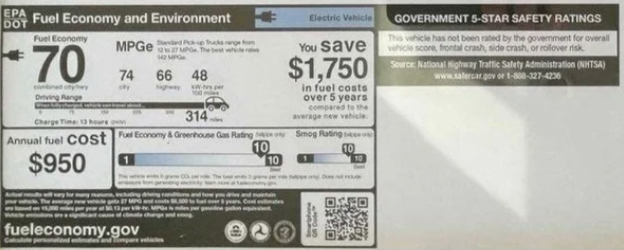I keep seeing with EVs the real-world realized range versus manufacturer stated range can sometimes vary quite a bit depending on who manufactured the vehicle. I imagine buying a vehicle for an intended use scenario while leaning on manufacturer estimates, only to find the vehicle does not have anywhere near the advertised range and may not be able to accomplish what you need/want/intend for it to do when used in the real-world would be a maddening experience at best - and even worse when it comes to a brand launch.
I realize there are a multitude of variables here, but I would really like to see Scout Motors end up in a place where real-world experience meets and maybe even exceeds the expectations set when it comes to manufacturer stated range.
In every part of life, I find it very frustrating for a business to set expectations and then not be able to meet them. In my book, “underpromise and overdeliver” earns my respect and loyalty every time.
I realize there are a multitude of variables here, but I would really like to see Scout Motors end up in a place where real-world experience meets and maybe even exceeds the expectations set when it comes to manufacturer stated range.
In every part of life, I find it very frustrating for a business to set expectations and then not be able to meet them. In my book, “underpromise and overdeliver” earns my respect and loyalty every time.


